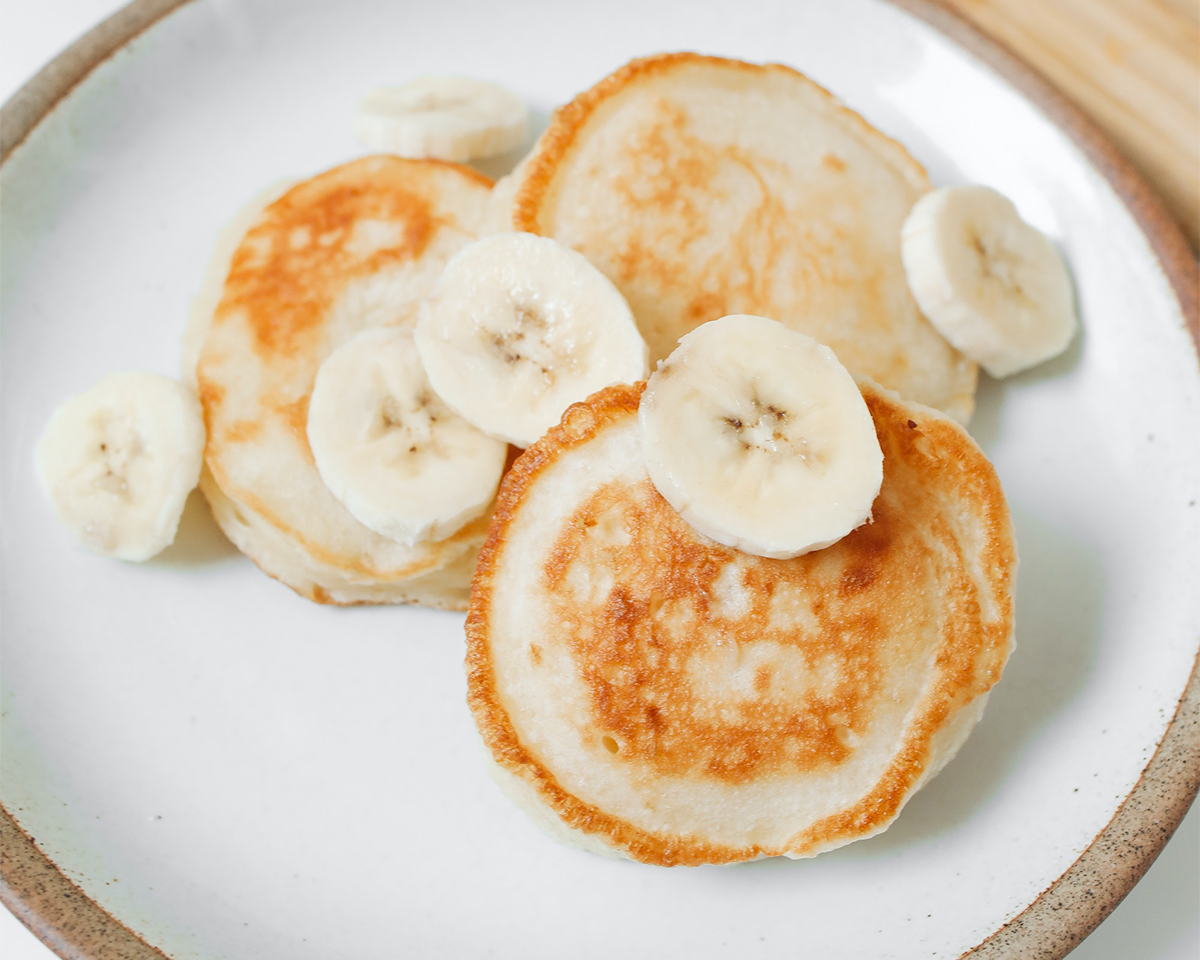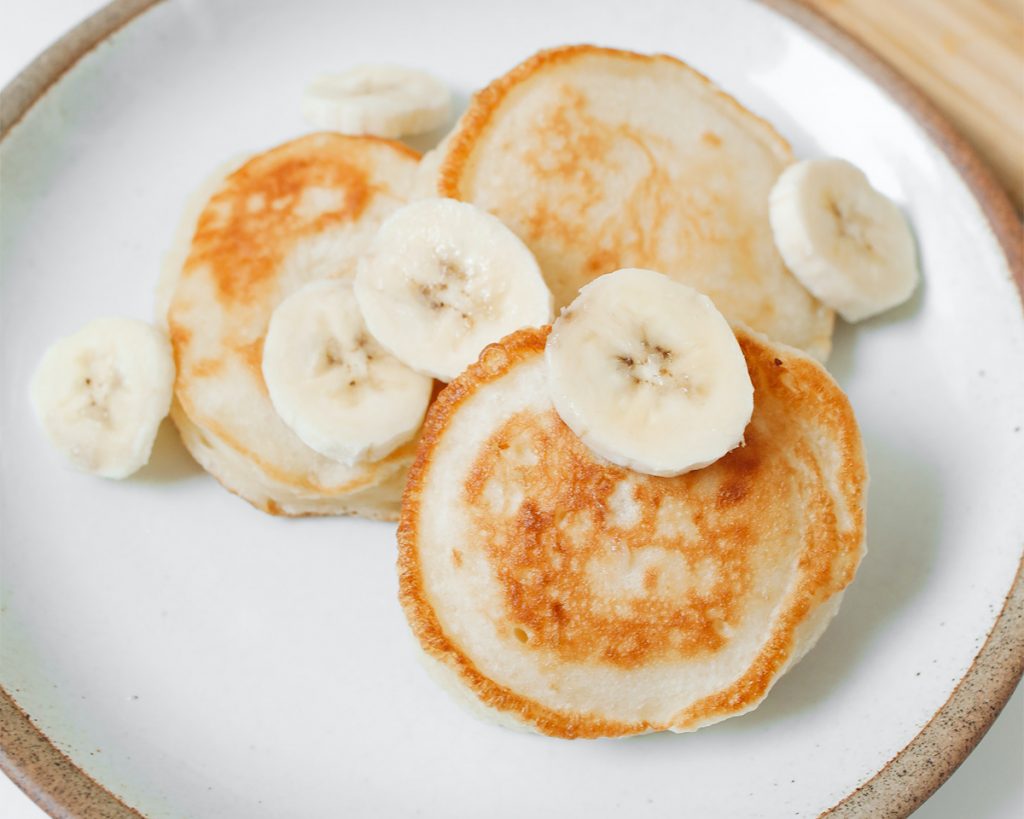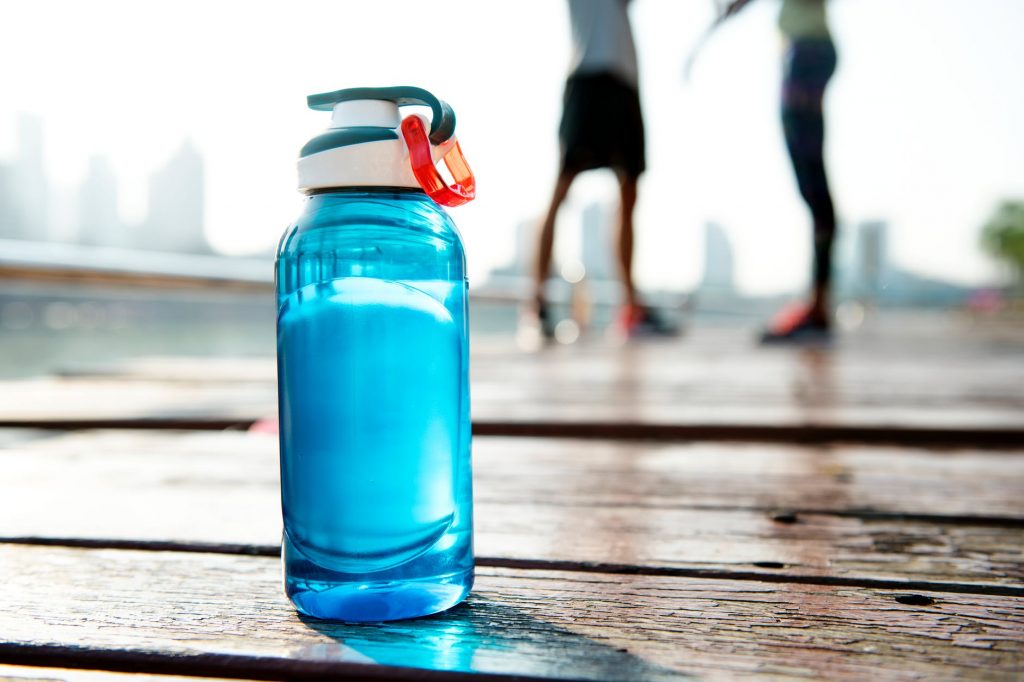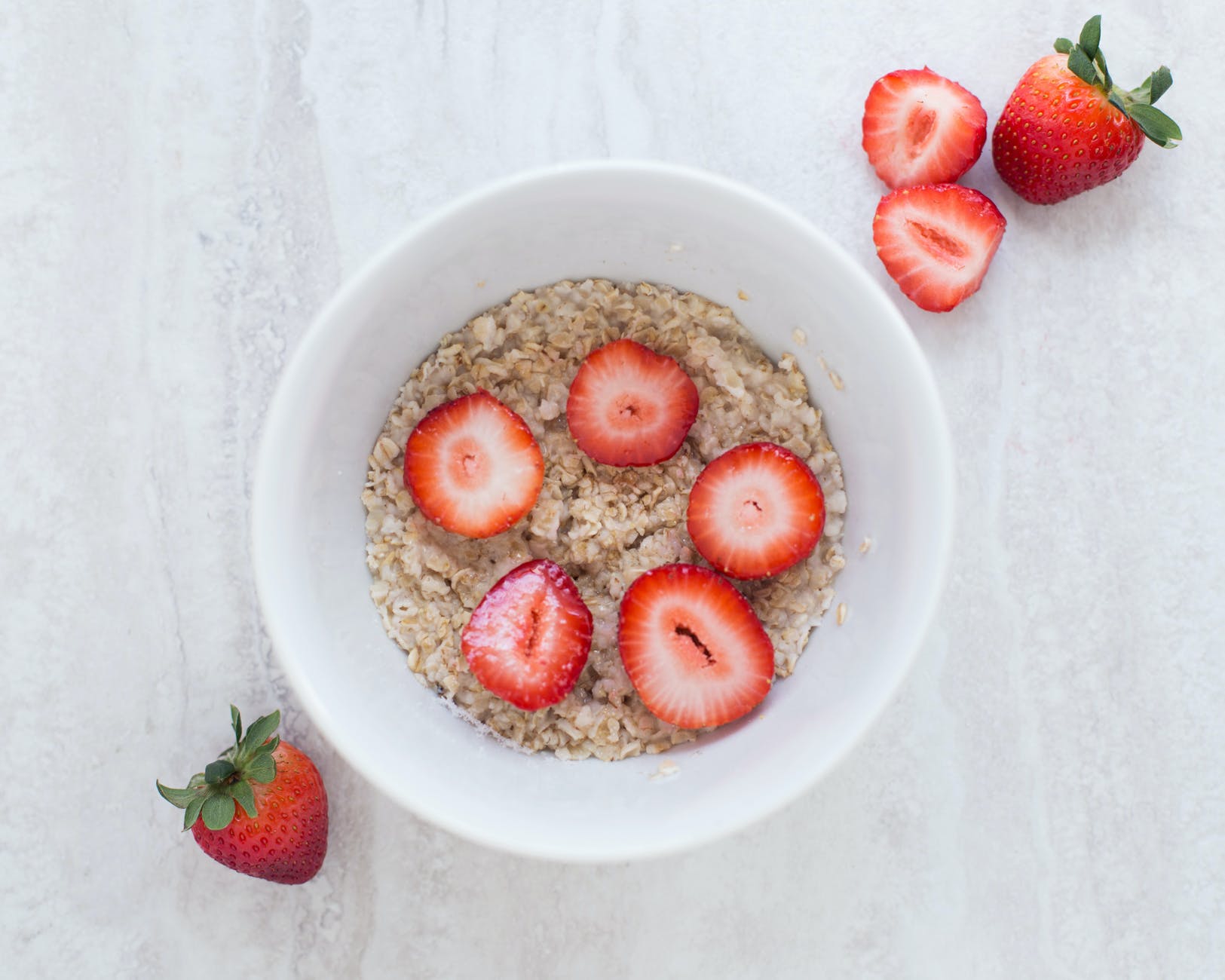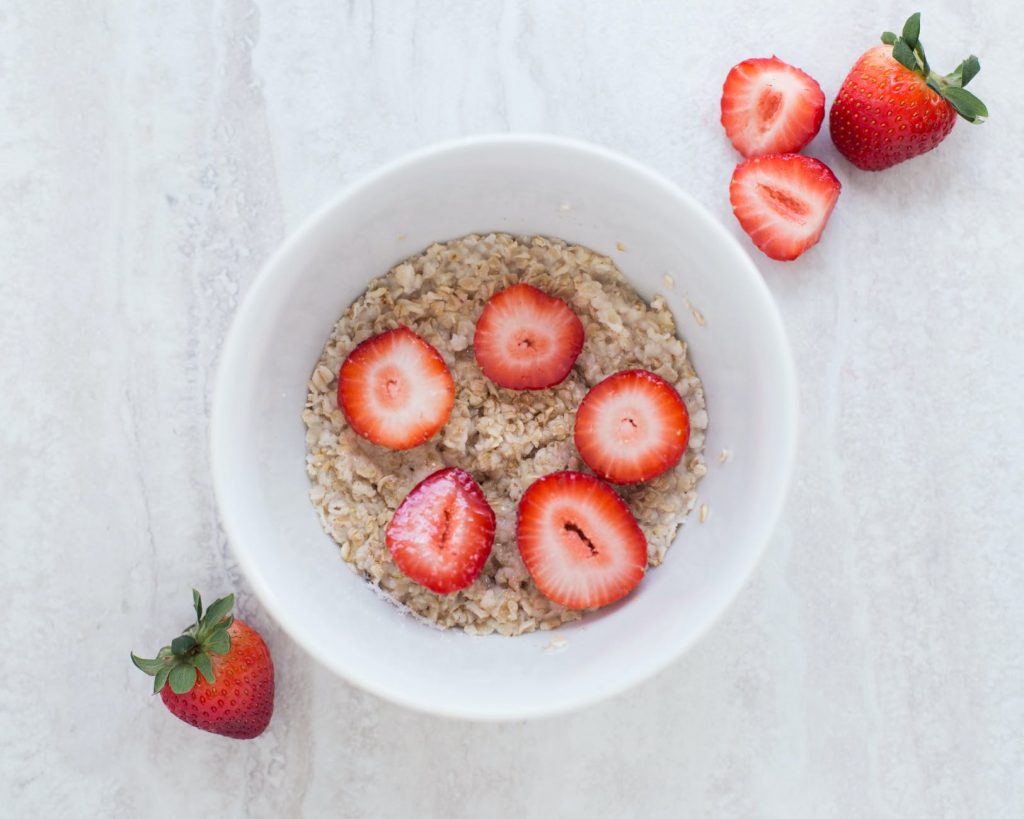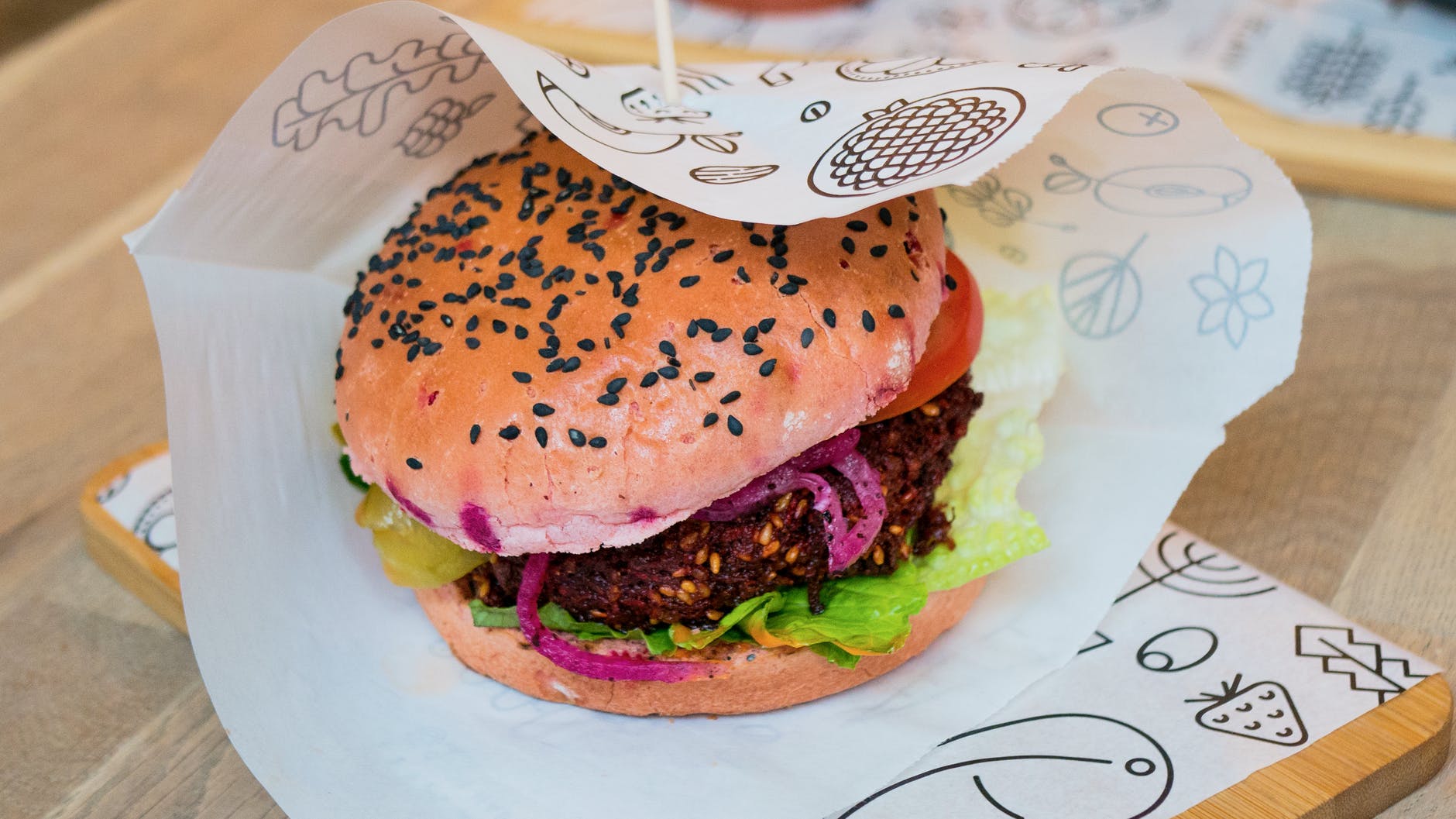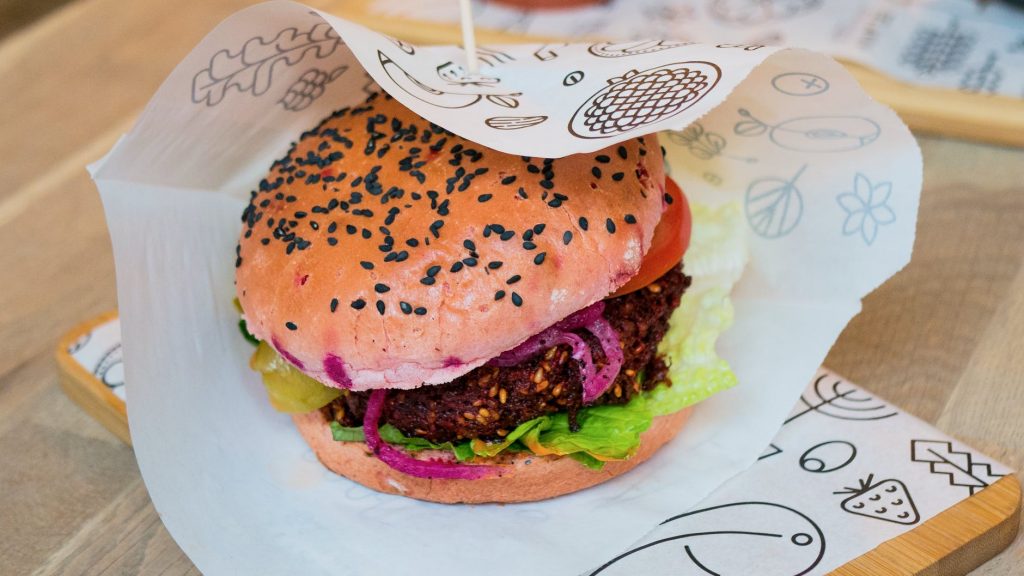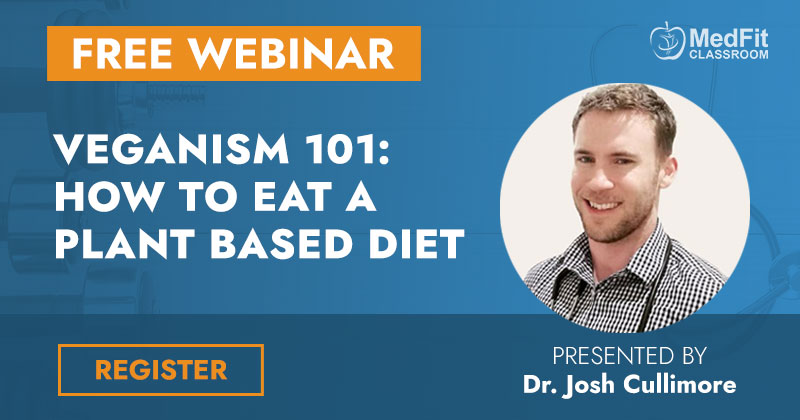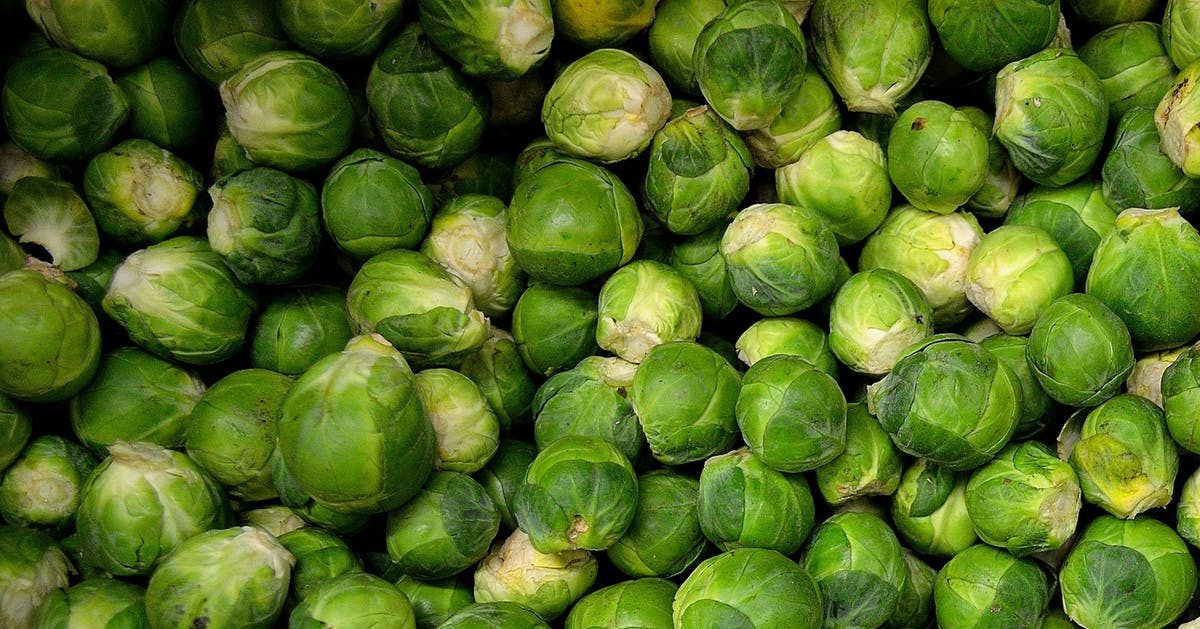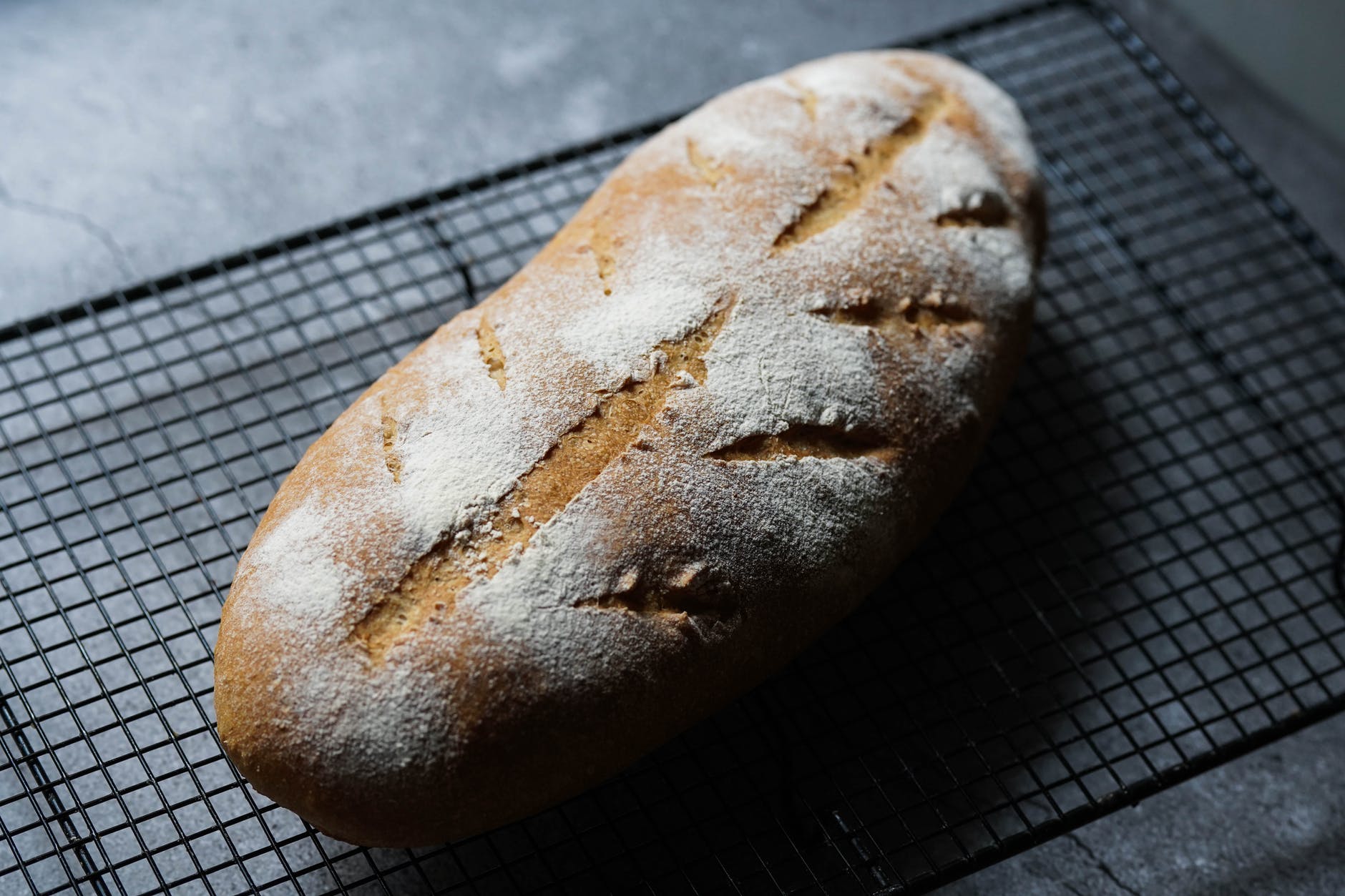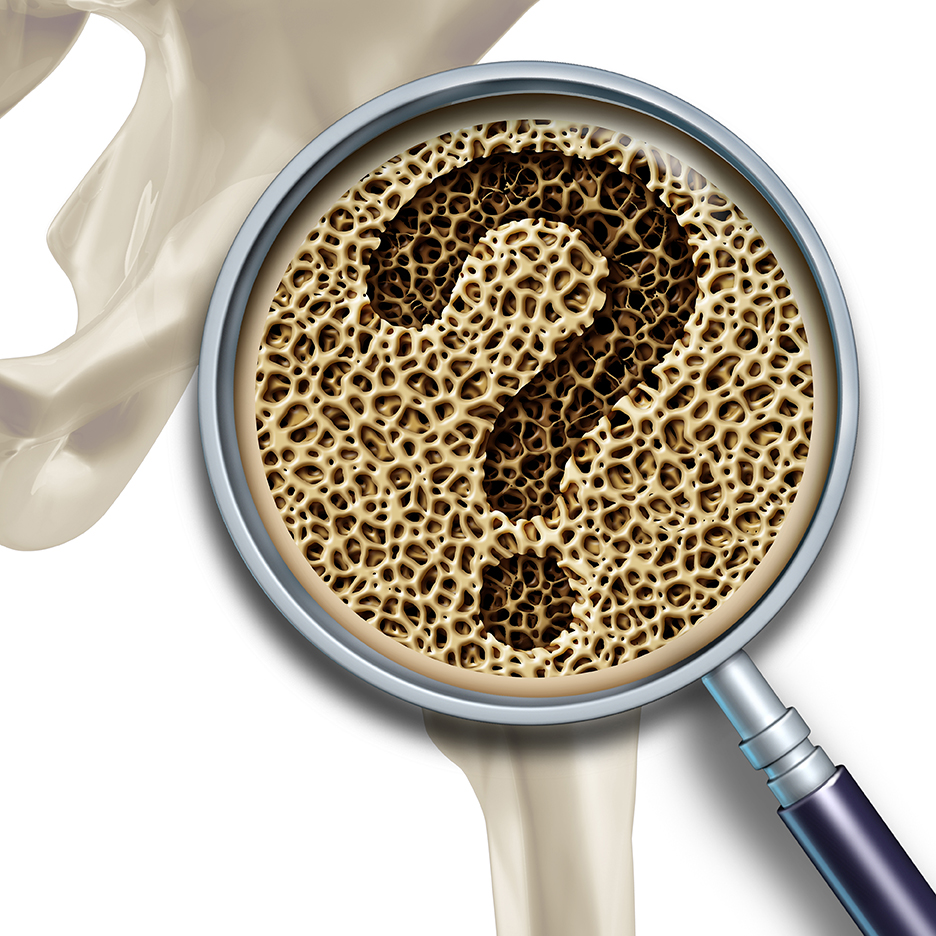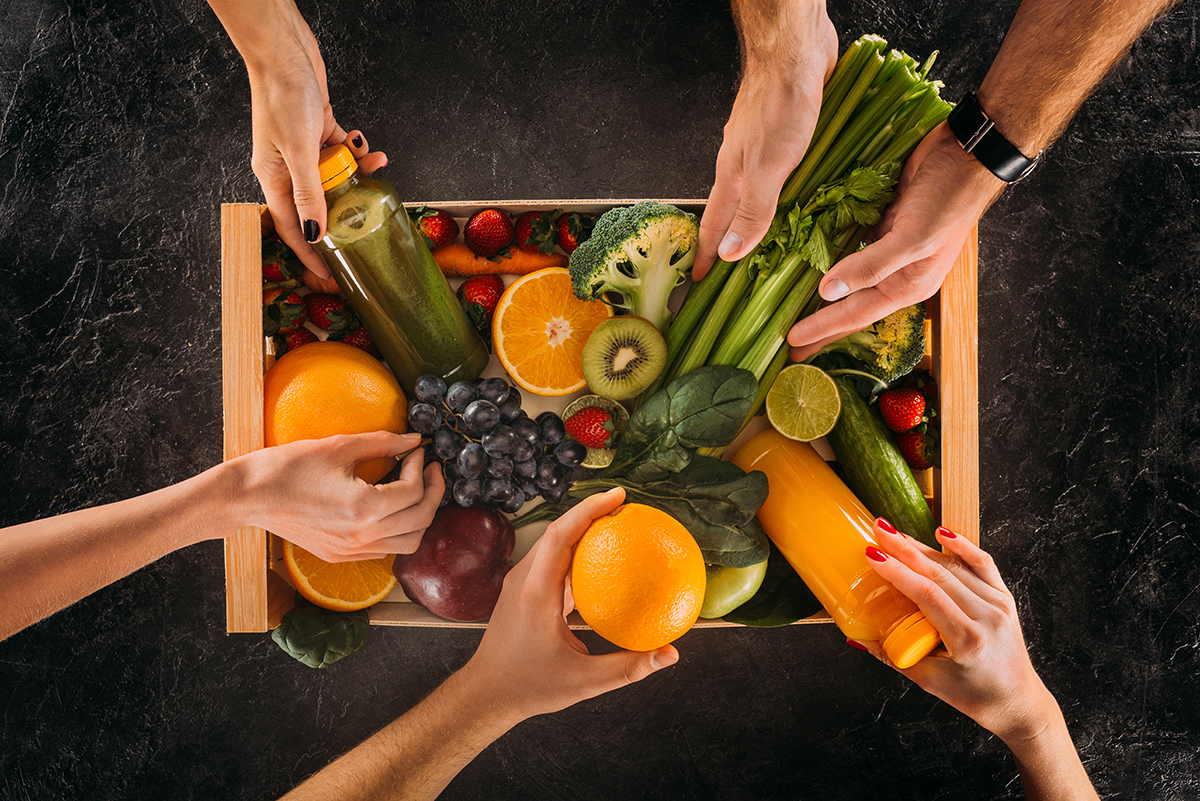The New PPE: Post Pandemic Era | Wellness Reimagined
In an age where the words PPE, boosters, and “the new normal” seem to be a part of everyday vernacular, it is time to ask some essential questions:
- Where do we go from here?
- How do we best move from a Pandemic state of stress and inflammation to a new state of calm and boosted immunity?
- How do we step into the New PPE, the New Post Pandemic Era in a way that brings about lasting change?
The answer to those questions lies within a Reimagined approach to “Wellness.”

Wellness, as defined in Dictionary.com[1], is “the quality or state of being healthy in body and mind, especially as the result of deliberate effort.” While this definition is suggestive of a more holistic approach to wellness, it is still does not adequately address the challenges now faced by the world community due to the devastating impact the pandemic has wrought.
As a result of COVID-19 and its resulting policies, there has been a profound impact on the mental and physical health of the world population resulting in higher instances of stress, depression, insomnia, PTSD, and anxiety.[2] Stress can activate inflammation in the brain and the body which is a common risk factor of 75%–90% diseases linked to morbidity and mortality (CVD, i.e., hypertension and atherosclerosis, metabolic diseases, i.e., diabetes and non-alcoholic fatty liver disease, and neurodegenerative disorders (i.e., depression, Alzheimer’s disease, AD and Parkinson’s disease, PD), cancer. [3]
The Wellness industry is booming, with people investing in their health more than ever before. But for some, this means they buy the latest fads and trends in hopes that it will lead to a healthier lifestyle. The truth is that unless you make a commitment to changing your life and taking control of your wellness goals, you’ll never see the results you want.
To move into the New Post Pandemic Era with a focus on long-term change, an integrated health approach is required. Understanding, not only how we move and fuel our bodies, but also how we relate and interact with the people, places and situations that make up our world is a key towards advancing beyond this pandemic. This New PPE approach will represent Wellness Reimaged, better positioning us to experience long-term health benefits.
There are countless programs – too many to name -that teach the what, when, and how’s of eating and moving. There are also an equal number of programs where mind set is in focus. While many of those programs provide essential information as to how to advance health, it is time to explore what may be missing to experience a state of “true wellness”. The road to attaining “true wellness” lies within the following 3-Step Process.
COMMIT:
- The Yes! Mindset – a positive, purposeful Mindset focused on achieving goals and discovering the authentic you.
DO:
- The Brain/Body Connection in how you Breath, Move and Eat, and
- The A.G.E. Life Framework where you Age with Grace and Excellence.
LIVE:
- The Yes! Life of Constant Challenge of the Brain, Body and limiting Beliefs where personal goals are reached and your Life Vision realized.
Are you ready to create a Wellness Revolution?
Free Webinar with Lisa Charles
Join Yes! Coach Lisa Charles for a free webinar from MedFit Classroom, The New PPE: Post Pandemic Era
Lisa Charles is a federal prosecutor turned singer/actress, wellness expert, certified health coach/consultant, and an acclaimed speaker. She served as the Fitness/Wellness Research Coordinator for the Rutgers University Aging & Brain Health Alliance, and is the CEO of Embrace Your Fitness, LLC, and the Author of YES! COMMIT. DO. LIVE.
References


